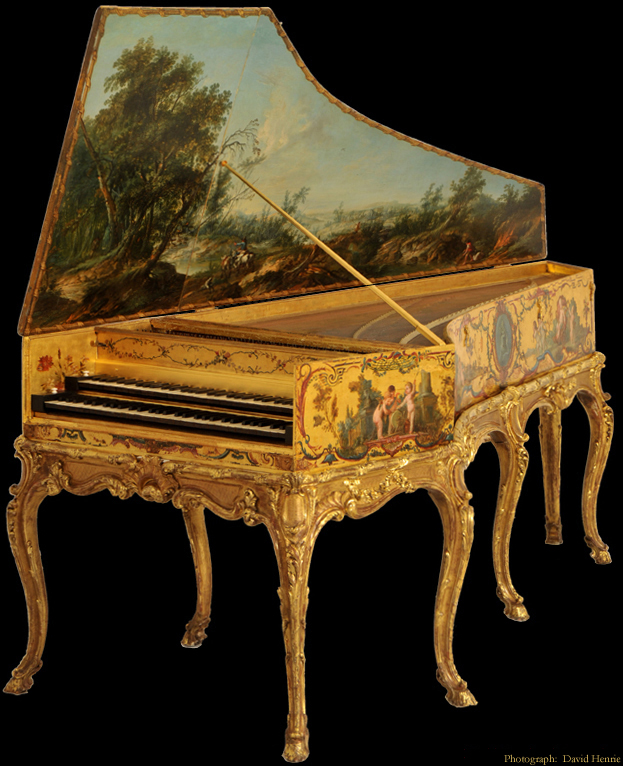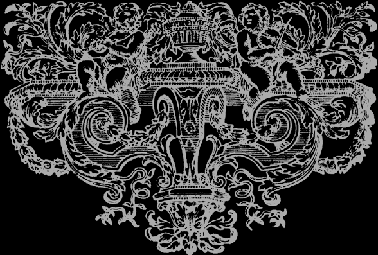
G R A N T O ’ B R I E N
EARLY KEYBOARD INSTRUMENTS
Advice and expertise concerning antique
Harpsichords, Virginals, Spinets and Clavichords
The Early History of the Harpsichord in Urbino:
The clavicytherium in the Royal College of Music
The intarsia clavichord in the Palazzo Ducale, in Urbino
The Magnificent Franco-Flemish Harpsichord
by Frans van Huffel, 1617/1750
Judged to be one of the one of the most beautifully decorated,
and one of the finest-sounding harpsichords in the world!
Click here or on the image above for further information.
Listen to this instrument played by David McGuinness: click here
|
RUCKERS. A harpsichord and virginal building tradition by Grant O'Brien. Re-published as a digital reprint by Cambridge University Press, 2008. |
|
Harpsichord-making woods for sale A small amount of the important woods normally used by harpsichord makers is available for sale from this site. This wood is all very well-seasoned and of the highest quality available. The types of wood include accurately-quartered North-Italian spruce soundboard wood. This soundboard wood is sold only in flitches of about 6 to 15 planks. Each flitch is a succession of slices from the same tree, and these can be used (as most Flemish and French makers did) to make a soundboard that is perfectly uniform in colour and texture because it is all of exactly the same wood, all from the same tree - for the whole of the soundboard. Also available is a small amount of knot-free Italian cypress from Tuscany (cipresso netto) and some genuine African ebony (Diospyros crassiflora). All of this wood was bought as air-dried, and is now more than 45 years old. For further details of quantities and prices please see the woods section of this site. |
Please note that any information, photographs or documents found on this website and used elsewhere, whether they are used for commercial purposes or not, must give credit to Grant O'Brien, with a link to this website address. If you fail to do so full legal action will be taken against you.
lease follow the 'Contact link' in the column on the left.
The number of visits this site had received since January, 2003 is .
Web design by Grant O'Brien, Edinburgh, 2024. Web pages last up-dated: Sunday October 26, 2025
©Grant O'Brien, Edinburgh, 2025.
